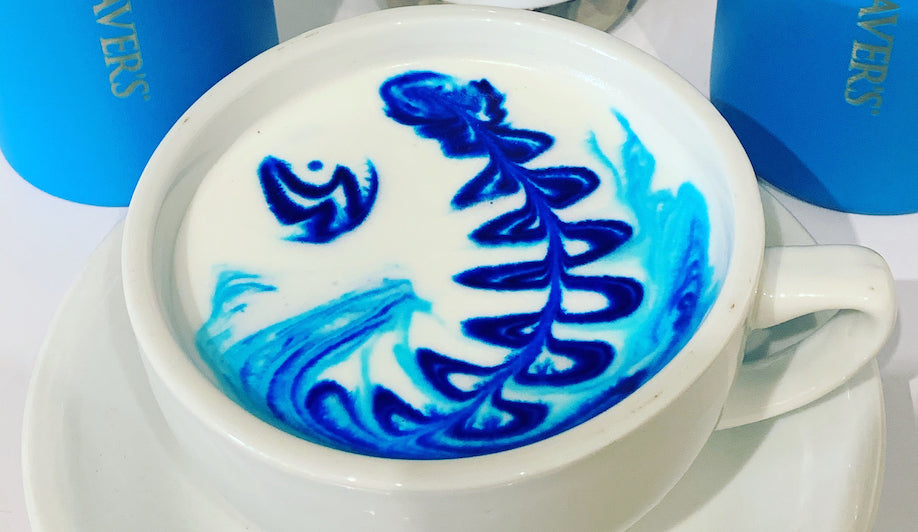Add description, images, menus and links to your mega menu
A column with no settings can be used as a spacer
Link to your collections, sales and even external links
Add up to five columns
Add description, images, menus and links to your mega menu
A column with no settings can be used as a spacer
Link to your collections, sales and even external links
Add up to five columns

Latte Art: The Evolution of Coffee and Art
May 16, 2023 3 min read
Latte Art: The Evolution of Coffee and Art
Latte art is a visual masterpiece that transforms a simple cup of coffee into a canvas of creative expression. This essay explores the captivating history of latte art, tracing its roots from its humble beginnings to the intricate designs and techniques prevalent today. From its inception as a simple decoration to its rise as a cultural phenomenon, the evolution of latte art showcases the fusion of coffee and artistry.
Origins of Latte Art
Latte art finds its origins in Italy, the birthplace of espresso and the heartland of coffee culture. In the early 1980s, Italian baristas began experimenting with the aesthetic presentation of espresso-based beverages, incorporating patterns and designs on the surface of the milk foam. This initial exploration laid the foundation for the art form we now know as latte art.
The Influence of Rosetta
In the mid-1990s, a particular latte art design known as the "rosetta" gained popularity. The latte art rosetta design, resembling a delicate leaf or fern, captivated the imagination of coffee enthusiasts and became a symbol of craftsmanship. The rosetta marked a turning point in the development of latte art, inspiring baristas worldwide to further explore and refine their creative skills.
The Rise of Competitions
As the popularity of latte art grew, so did the desire to showcase skills and creativity on a competitive platform. Baristas began participating in latte art competitions, where they showcased their ability to pour intricate designs with precision. These competitions not only fueled innovation but also allowed the exchange of techniques and ideas among baristas from different backgrounds.
Advancements in Technique
The advancement of latte art techniques expanded the possibilities for baristas to express their artistic flair. Innovations such as free pouring, etching, and the use of various tools enabled the creation of more complex designs. Baristas pushed the boundaries of creativity, experimenting with multiple layers, shading, and intricate patterns to produce visually stunning latte art.
Popular Designs and Trends
Throughout its history, latte art has witnessed the emergence of several iconic designs. From latte art hearts and tulips to swans and phoenixes, baristas have continuously explored new designs, incorporating elements of nature, geometry, and even pop culture references. Additionally, latte art trends have emerged, such as the introduction of 3D designs and the use of colored powders to enhance visual appeal.
The Intersection of Technology and Art
The digital age has not only revolutionized the way we communicate but has also impacted the art of latte art. With the advent of coffee printers and digital imaging techniques, baristas can now reproduce intricate images and photographs on the surface of a latte. This convergence of technology and art has opened new avenues for creative expression and pushed the boundaries of latte art even further.
Latte Art as a Cultural Phenomenon
Beyond its artistic appeal, latte art has become a cultural phenomenon, attracting coffee lovers and enthusiasts around the world. Social media platforms have played a pivotal role in this phenomenon, with countless photographs of aesthetically pleasing latte art circulating online. Coffee shops and cafes have embraced latte art to provide a unique and personalized experience to their customers, further elevating its status as an art form.
Latte art has come a long way since its inception, evolving from simple patterns to intricate designs that showcase the skill and creativity of baristas. Its journey through history reflects the symbiotic relationship between coffee and art, where a beverage becomes a medium for self-expression and visual delight. As latte art continues to captivate coffee enthusiasts worldwide, it is a testament to the ever-evolving nature of art.
Subscribe
Sign up to get the latest on sales, new releases and more …
